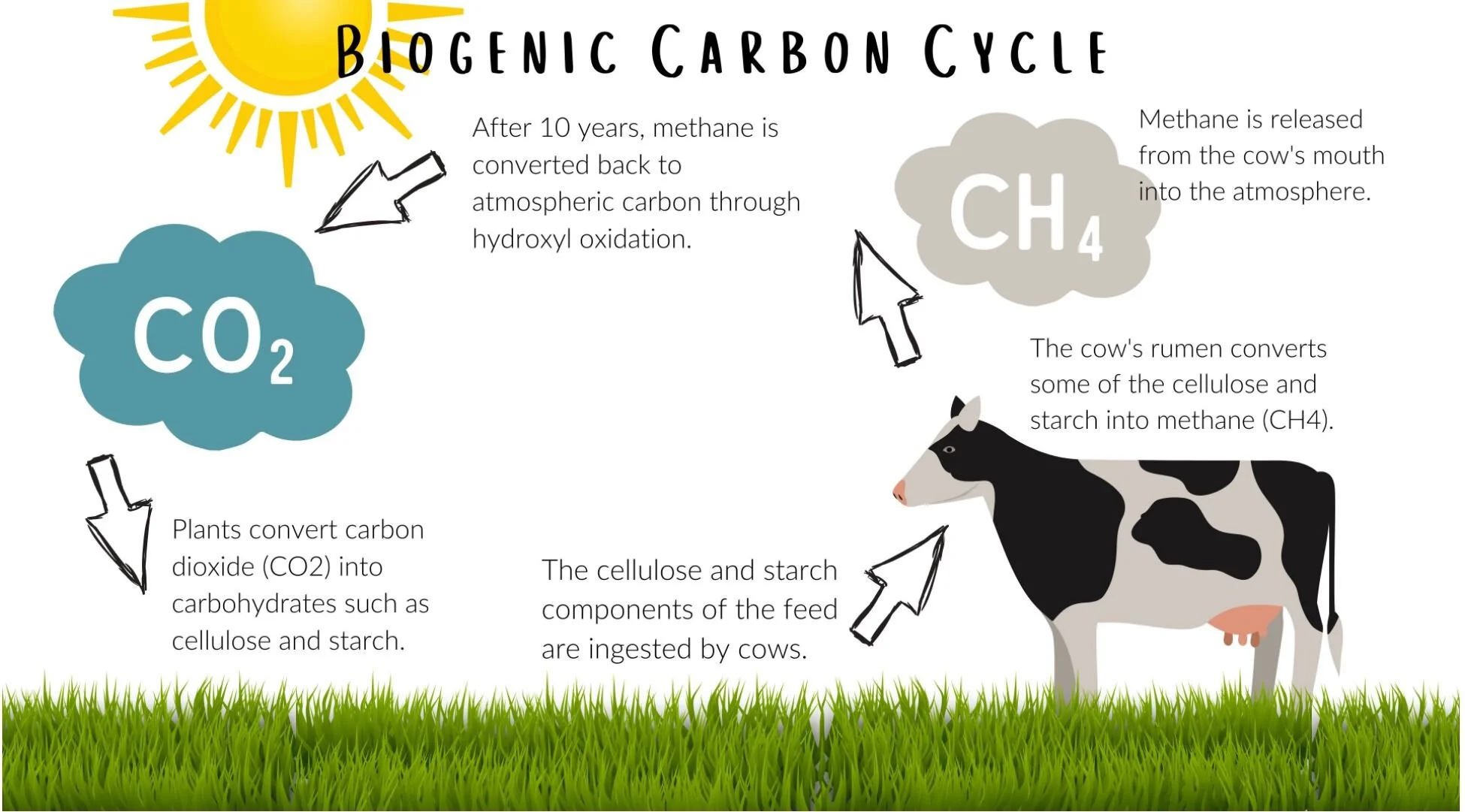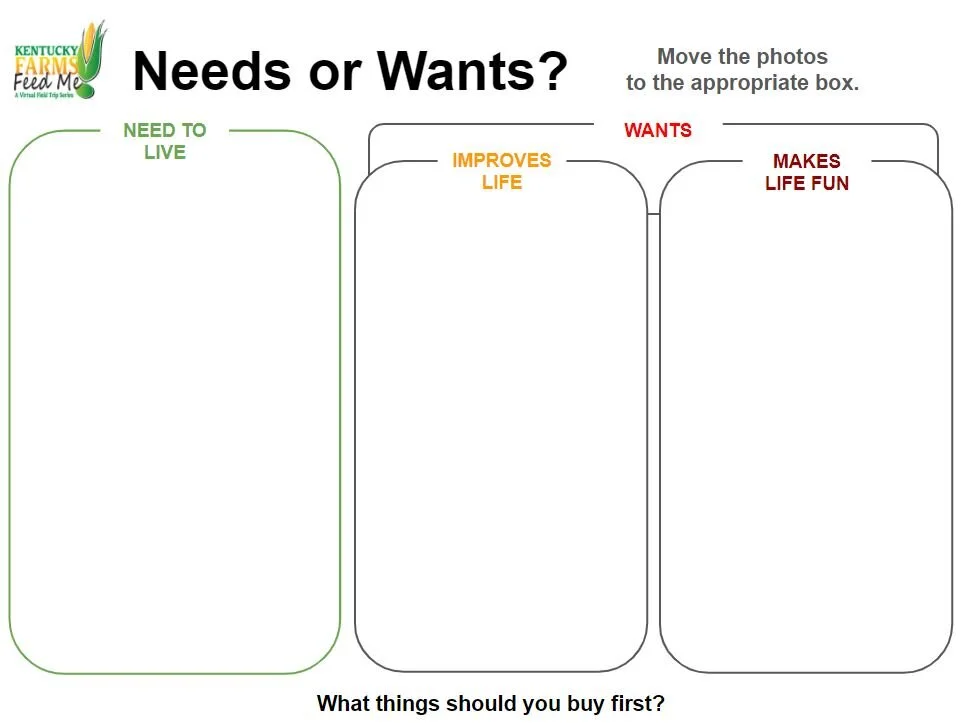Create a corn starch based plastic material or try some other fun corn creations using corn starch.
Read MoreThis fun activity helps students learn who is responsible for getting milk from the cow to the glass. It also teaches interdependence.
Read MoreStudents will explain the importance of the beef cattle industry, including the products cattle produce, the production process from farm to plate, and how cattle can utilize and obtain energy from grass and other forage.
Read MoreKentucky kids visit a beef cattle farm and have many questions. Kentucky has the largest number of beef cattle east of the Mississippi River due to the high quality grasses and forages that grow here. Most all Kentucky beef cattle spend the majority of their lives on pasture.
Read MoreGRADES: 3+ Cash Cow takes students on a journey of caring for a herd of beef cattle in hopes they will maximize their profits at the end of the game. Sponsored by the Kentucky Cattlemen's Association and Kentucky Beef Council.
Read MoreLearn about agriculture and farming in your community by choosing the county where you live.
Read MoreIn this lesson, students will follow the farm to fork process of producing beef, learn how cattle and other ruminants convert grass into nutrient-rich foods such as milk and meat, discover ways cattle recycle food waste, and identify careers in the beef cattle industry.
Read MoreStudents will explore the carbon cycle and evaluate the carbon footprint of cattle. Using critical thinking skills, students will use the Claim, Evidence, and Reasoning model to determine the effect of cows’ methane production on the environment and investigate the extent cattle contribute to climate change.
Read MoreStudents will compare the components of beef and plant-based burgers by determining the production and processing methods of each product; evaluate the ingredients and nutritional differences between beef and plant-based products; and discuss different points of view in the agricultural industry concerning plant-based proteins and traditional beef.
Read MoreStudents will evaluate the USDA grading system for whole cuts of beef and discuss consumer preferences and nutritional differences between grain-finished and grass-finished beef. Students will also distinguish various labels on beef products and discuss reasons for the government’s involvement in agricultural production, processing and distribution of food.
Read MoreStudents will be introduced to the basic needs and functions of living things, introduced to stimulus and response, develop an understanding of the basic needs of shelter and space as they relate to horses, build structures using common materials and explore ways to solve problems when building structures, explore how large objects or structures can be made from smaller parts.
Read MoreStudents will be able to identify and list adaptations of various animals, understand the difference between behavioral and physical adaptations, construct an argument based on lab simulation that camouflage increases the likelihood of an organism’s survival, develop an understanding of how horses have adapted coat color overtime to meet their needs, escape predators, and continue those successful traits in their offspring.
Read MoreStudents will understand the need to supplement natural food sources when the environment may not fully meet the needs of an organism, be introduced to carrying capacity, develop an understanding of the basic needs of horses, develop an understanding of the basic nutritional elements needed by most organisms and how these nutrients can benefit the organism and their offspring.
Read MoreStudents will understand the difference between monocular and binocular vision as it relates to depth perception, experience how parallax contributes to depth perception, construct an argument based on experimentation that binocular vision allows for greater depth perception, and be able to identify that vision is based on information received through photoreceptors and translated in the brain.
Read MoreStudents will develop an understanding of why certain geographical areas in Kentucky provide better habitats for breeding and raising horses, how weather events contribute changes on the earth’s surface, how weathering and erosion can leak calcium carbonate into the ground water for animal consumption, and they will construct an argument based on experimentation that limestone in Kentucky’s soil is released into the water through the process of weathering and erosion.
Read MoreFind lessons, fact sheets, and resources for grades K-12 on biofuels, renewable fuels, ethanol, and biodiesel.
Read MoreEven wonder what crops and animals are grown where you live? What about the number of farms in your county? National Ag Day is Tuesday, March 23, and we would love to help you learn the importance of farming in your community. Find your county to learn more.
Read MoreFind several resources and activities that will help intermediate and secondary students understand the wide range of options for jobs in agriculture and food manufacturing. We have included several profiles of real professionals working in Kentucky.
Read MoreMiddle School Financial Literacy - Influences and Consumer Decisions
Read MoreStudents will learn the difference between needs and wants to prioritize financial purchases. Meets standards in Primary Financial Literacy studies and Kindergarten Social Studies.
Read More




















